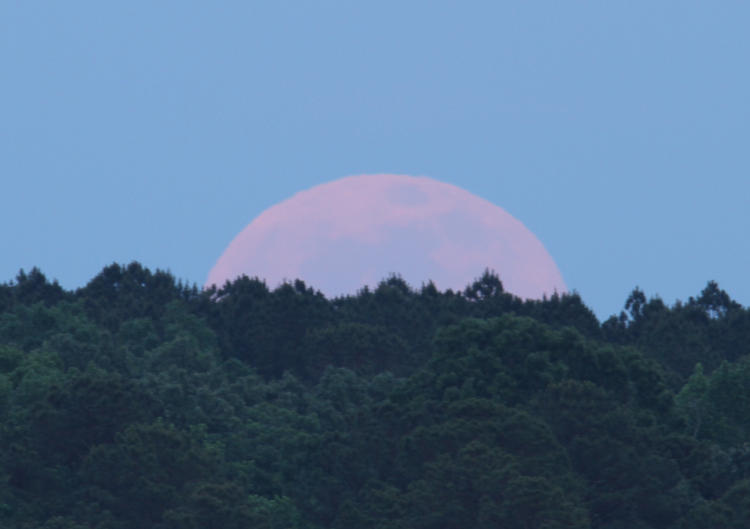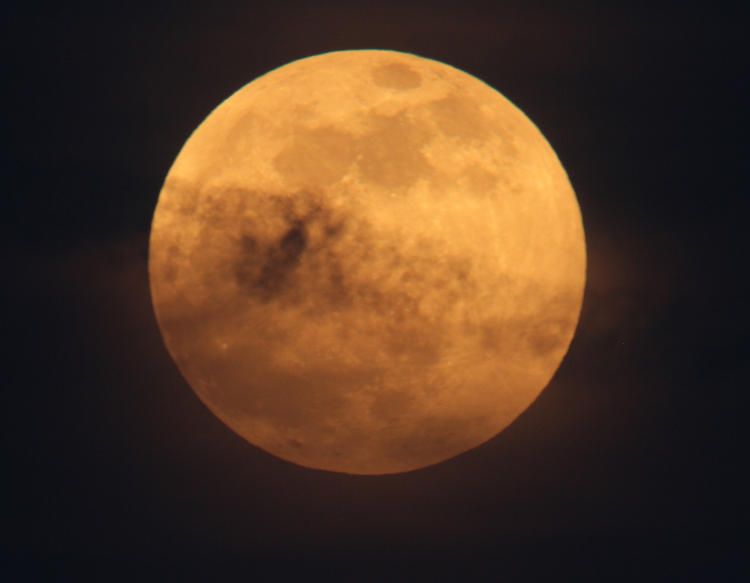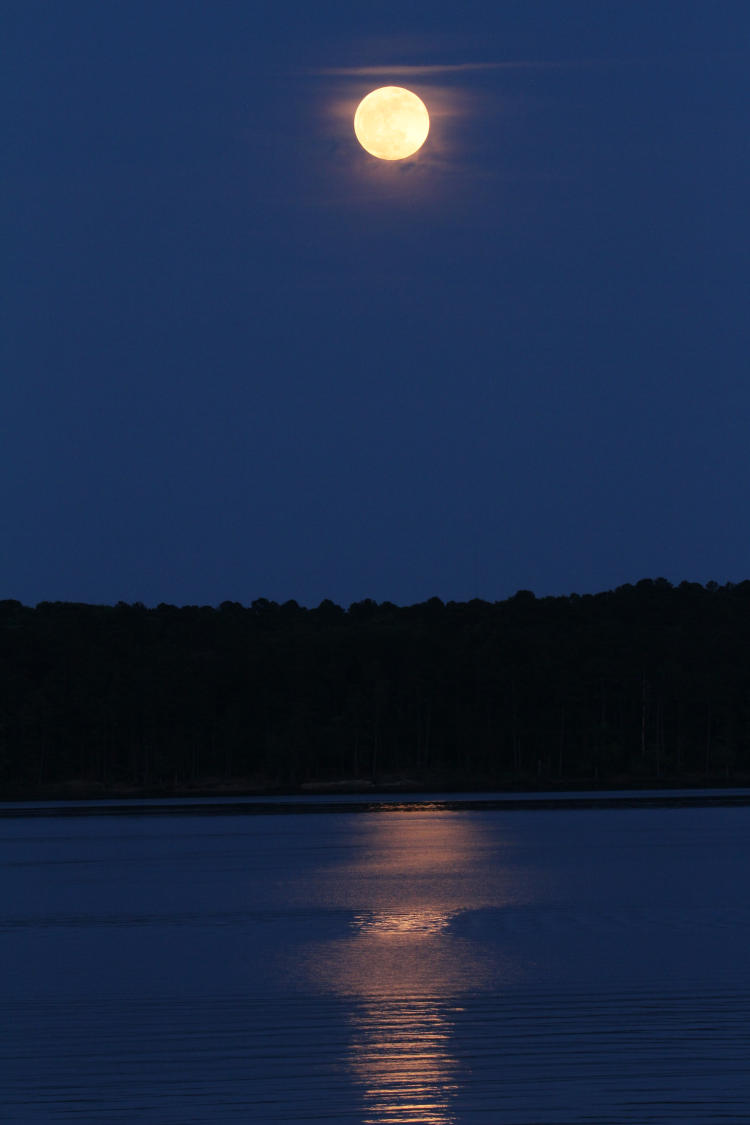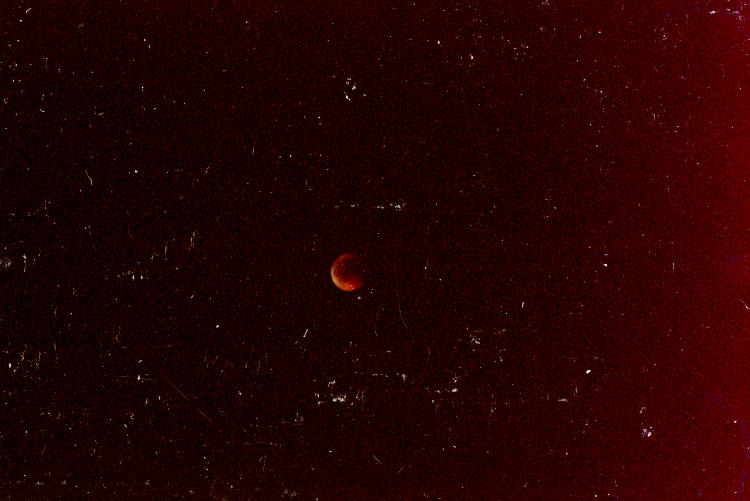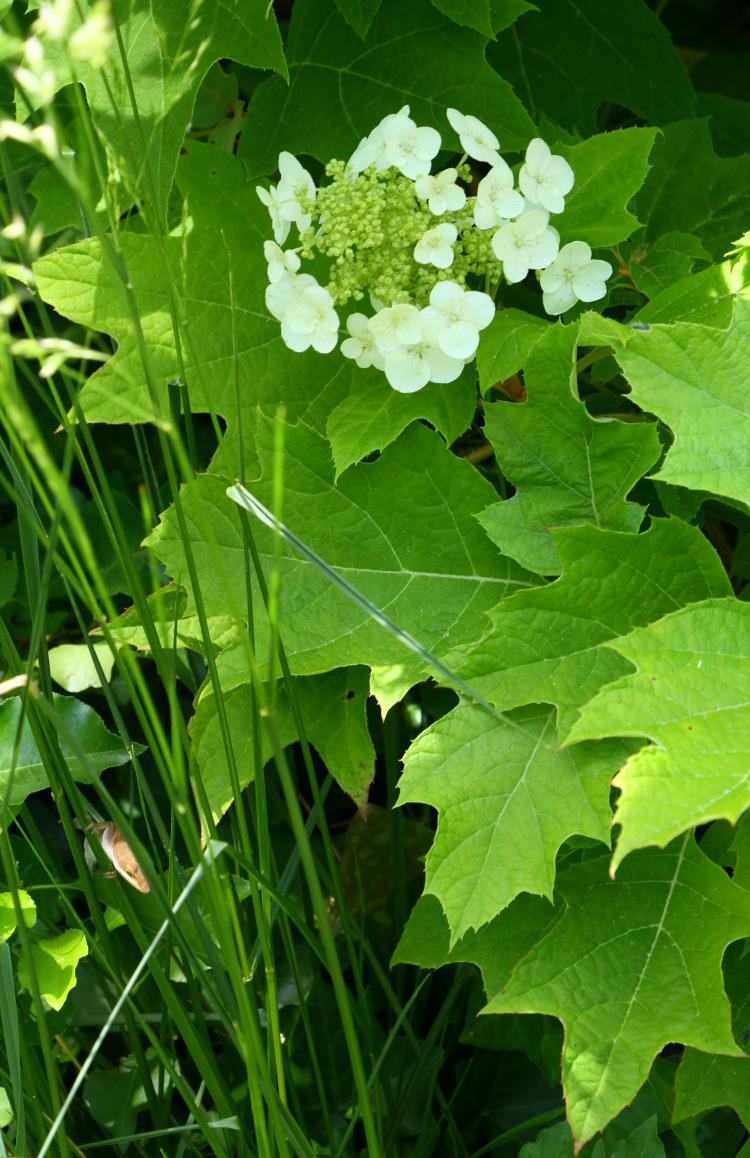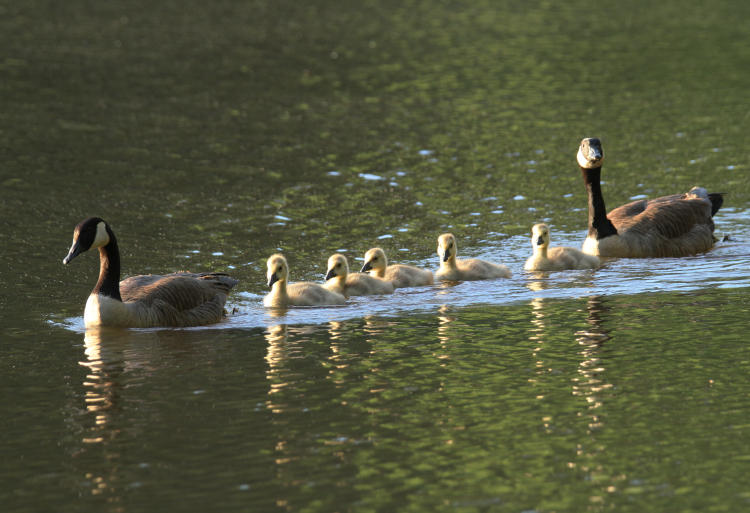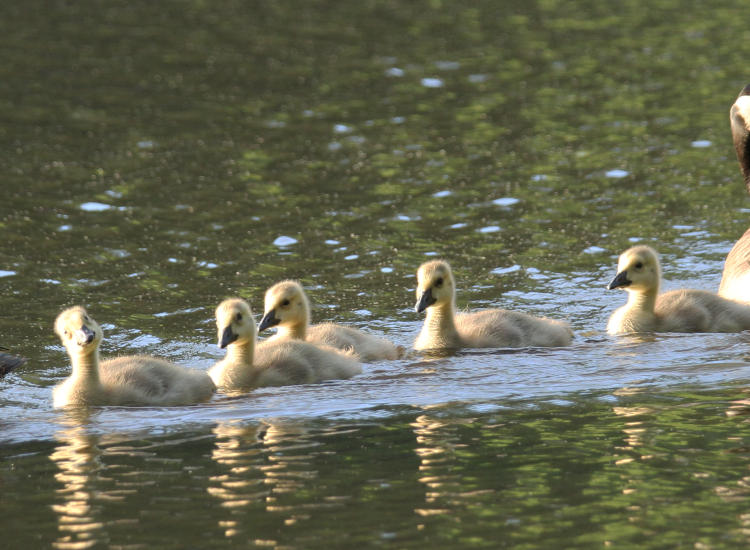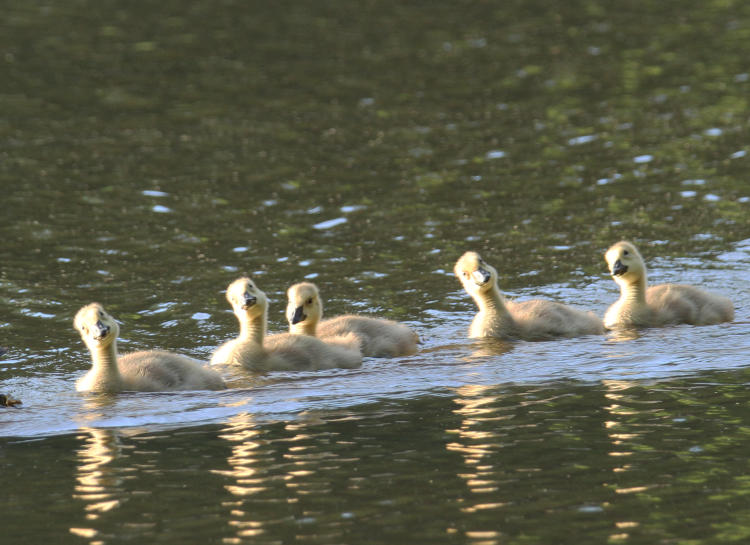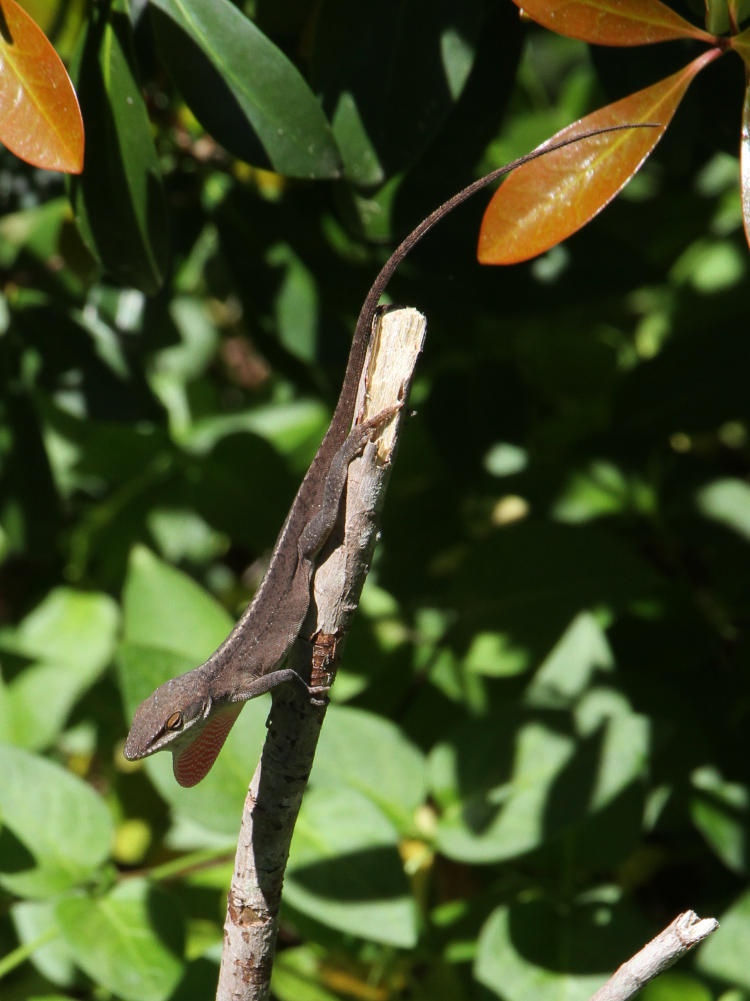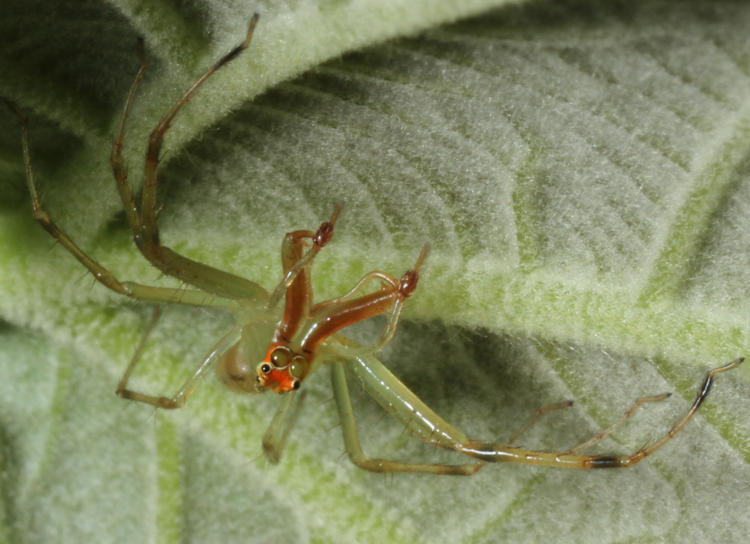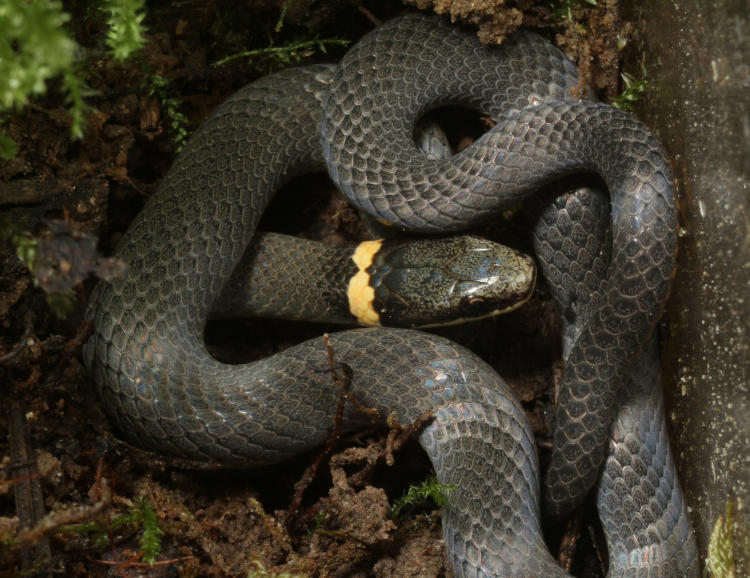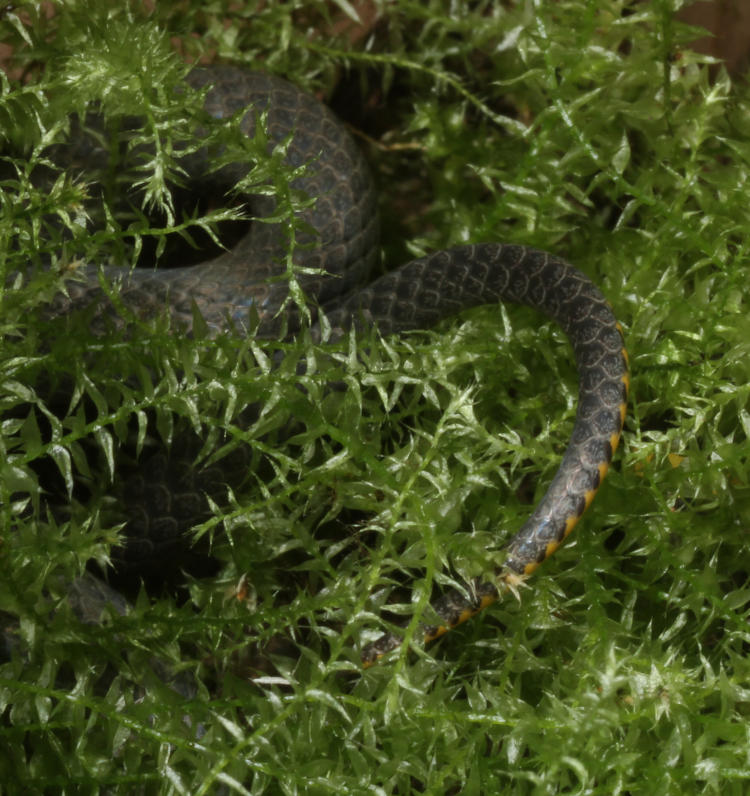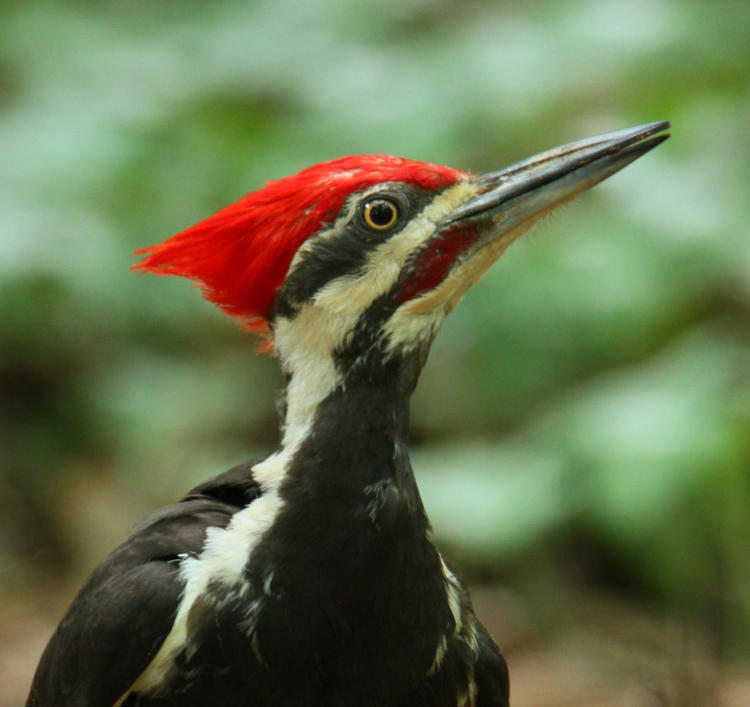I had a selection of photos from the other day that I needed to post about, and was trying to get motivated to write that one up, when the thunder started about the same time that the Lightning Tracker on my smutphone went off again. It had gone off before, but the center of activity was too far northwest and typically such cells draw farther north as they pass, but this time the strikes were more aligned with crossing directly into our area, and of course the thunder was encouraging. So, out I went to the neighborhood pond again, and thus the existing photos and post idea get pushed back, because lightning.
We’ll start with a short video clip that gives a better impression of the significant activity.
You can hear the exuberant green treefrogs calling, delighted at the conditions, but most of the background rumbling is the gusty wind on the built-in microphone instead of thunder – I hadn’t intended to shoot video and thus went without the proper mic. The bulk of the electrical activity was apparently cloud-to-cloud and thus only the occasional rumble of thunder was heard. Except for one particular strike:

So you know, the camera is aiming roughly west-northwest, at 18mm focal length so pretty wide field of view. We can go in closer for a better look at the detail:
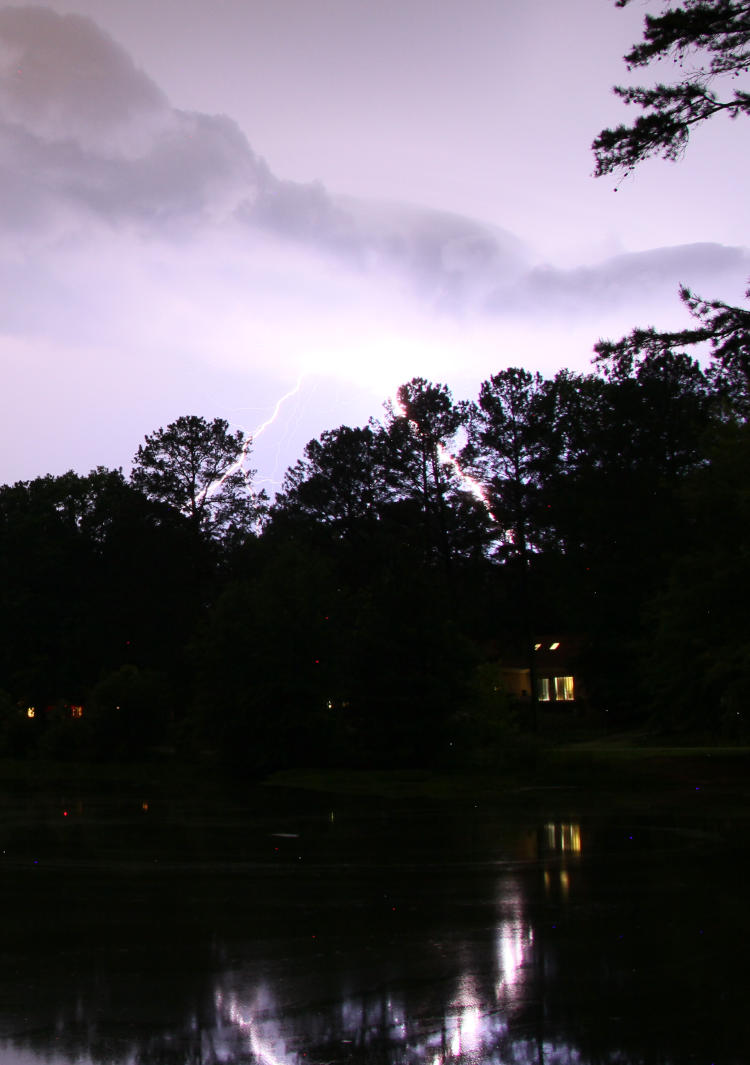
The video expresses it accurately enough: there were very few visible strikes, so I was glad to capture something. The bang of thunder from this one, coming much later and thus indicating that the strike was several kilometers away, managed to silence about half of the treefrogs, which was amusing – I wish I’d been recording that. Less than 30 seconds later they’d all kicked it back in again.
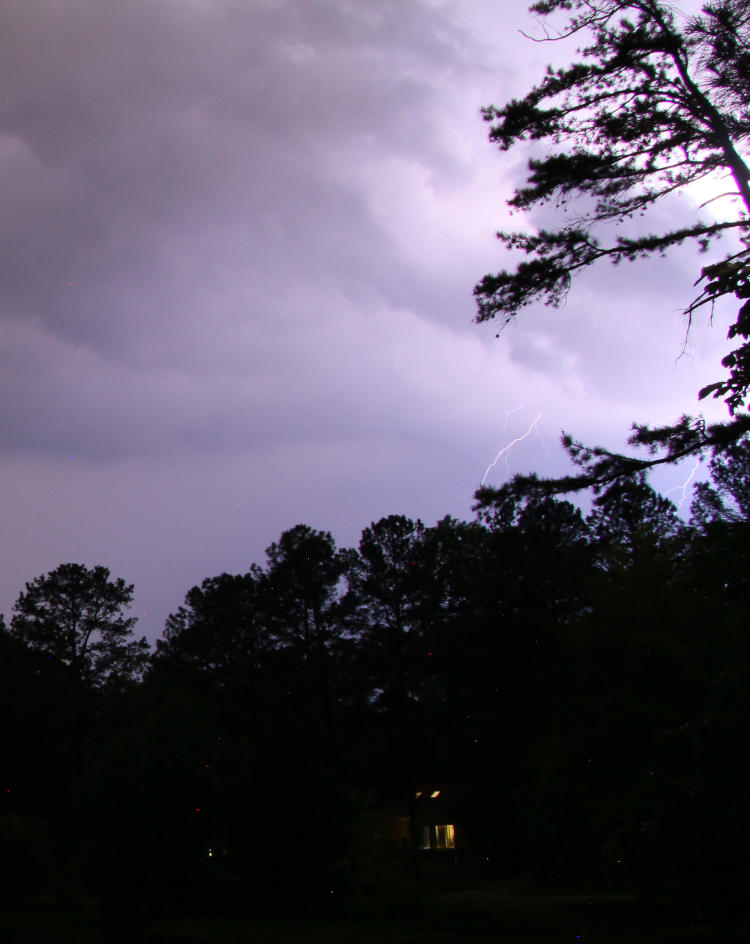
This is a crop from the right edge of another frame, demonstrating that most of the activity was more north, and I probably should have been around the pond further trying to capture that, though how much I would have seen is debatable – nearly everything was within the clouds, which were low and moving fast. But then there was this one:
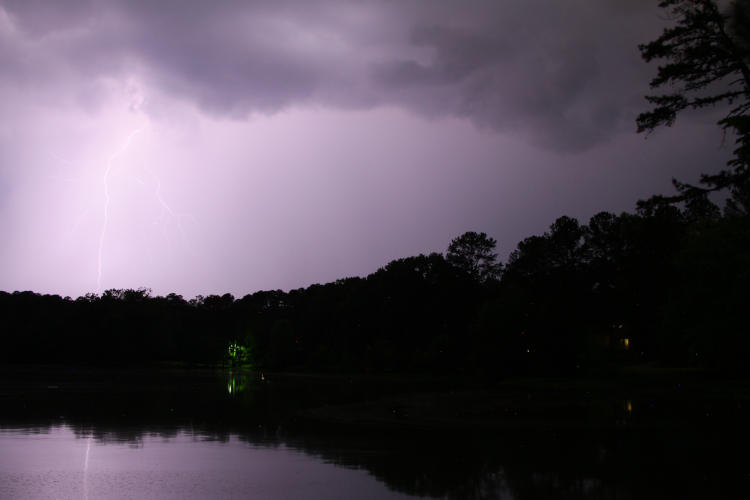
This is full frame, and had I switched to shooting north, I wouldn’t have captured this one at all. As it was, I was personally looking up at the clouds above when this struck for mere milliseconds, and the peripheral view I had of it made me suspect it was a visible bolt, but it wasn’t until I got back and unloaded the card that I could confirm it (with this much activity, I wasn’t wasting time chimping when the camera could have been capturing more.) Let’s go in for a closer look:
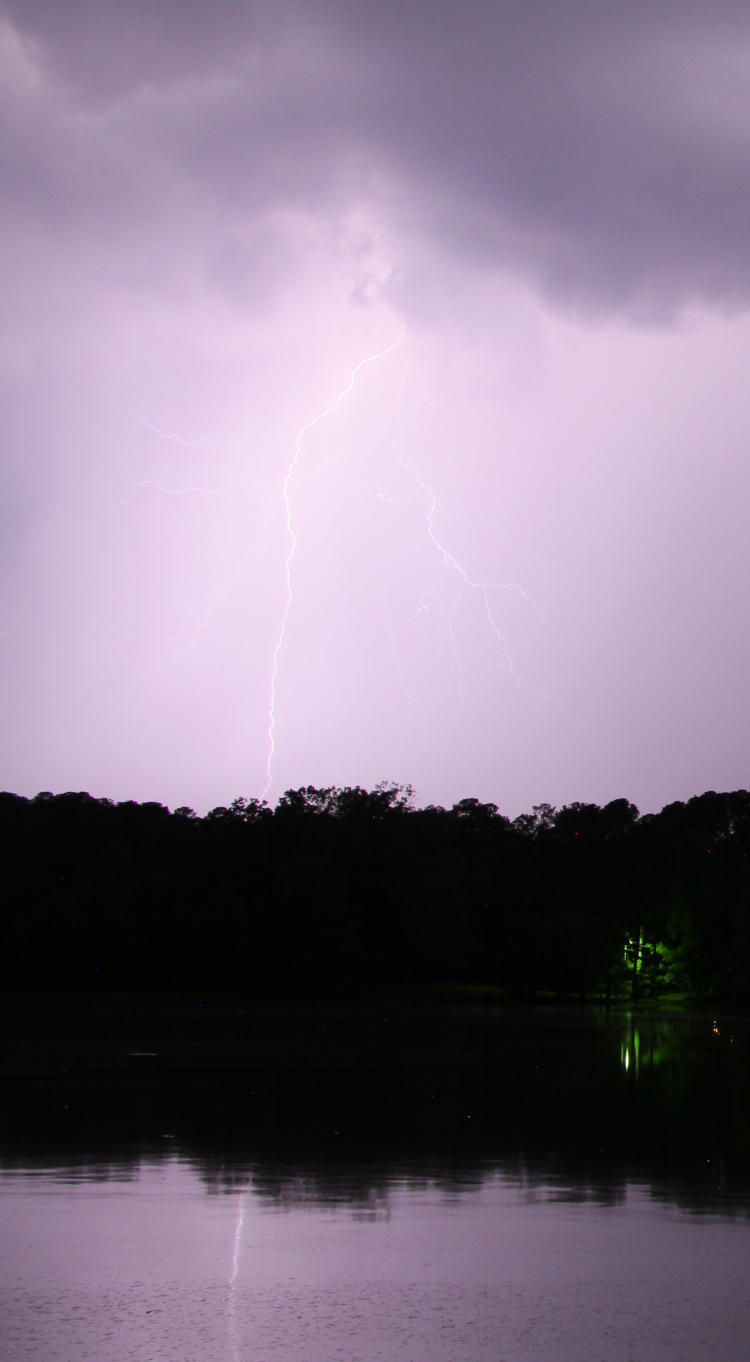
Not my best of course, but still cool – I’m always glad to get a distinct bolt from any lightning session, because it often doesn’t occur. I’ve gone years without decent pics, so, yeah.
Soon after this the rain was starting up, and I knew from the wind it was likely to get fierce, so I quickly packed it all up, but not before witnessing two separate flashes, both a little south of this one, that registered blue-green through the clouds. That had me curious, because it’s always this lavender hue – the only time that I’ve seen blue-green was from a blown transformer, and I didn’t hear any sign of the loud reports that usually provokes. Was it atmospherics? Unique conditions? Some other kind of lightning bolt? I have no idea, and I was prepared to dismiss the first occurrence until the second, more distinct, confirmed it.
As it was, I got fairly soaked on the five-minute hike back to Walkabout Studios, and the camera bag, all equipment removed, is currently drying in front of a fan – I’d treated it heavily with water repellent months ago, so no biggie. But never let equipment sit in a wet bag, or even a slightly damp one; the risk of humidity infusion into equipment is too great.
Okay, we’ll be back to the regularly-scheduled post (or at least the planned one) shortly.




















































